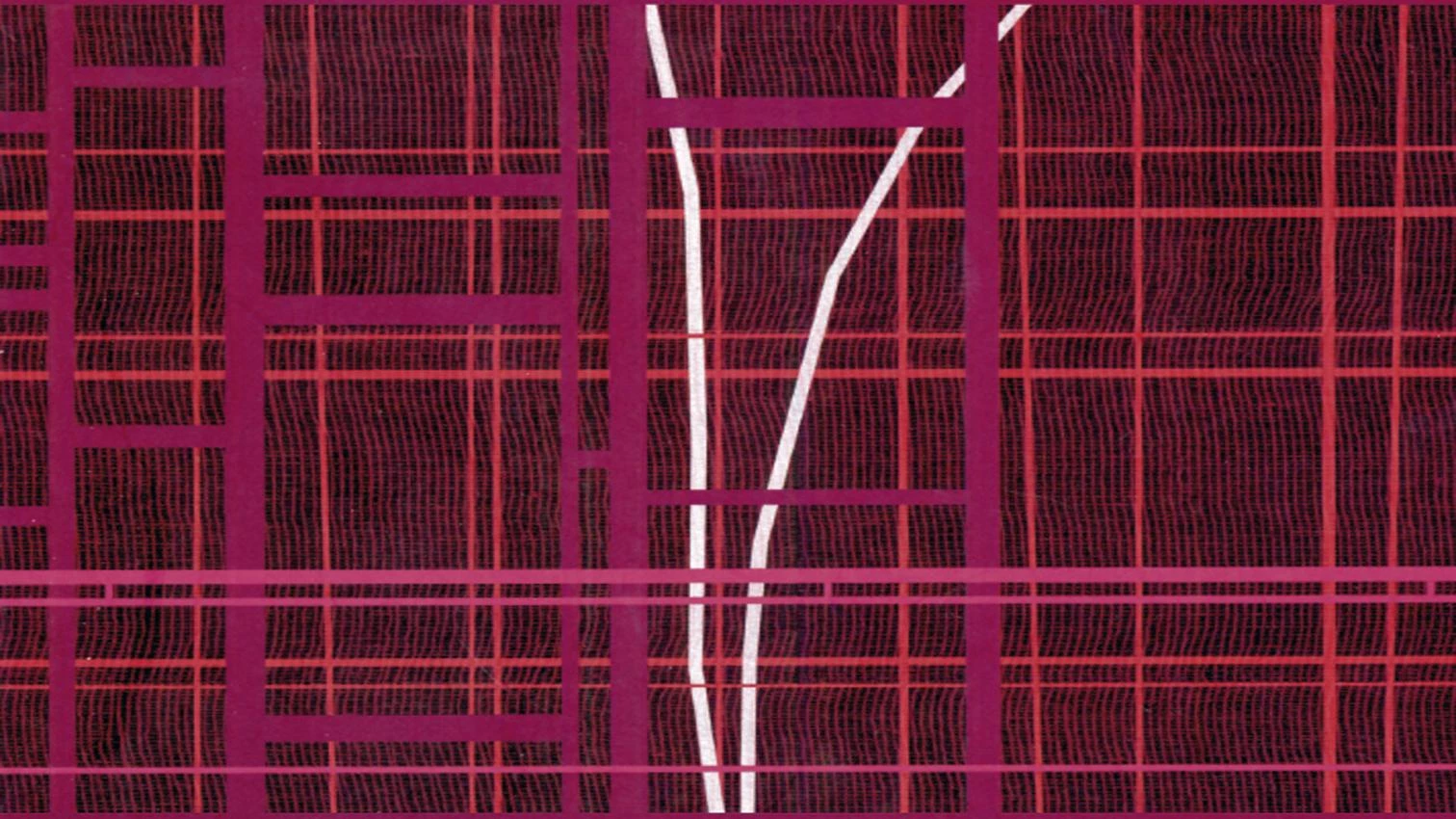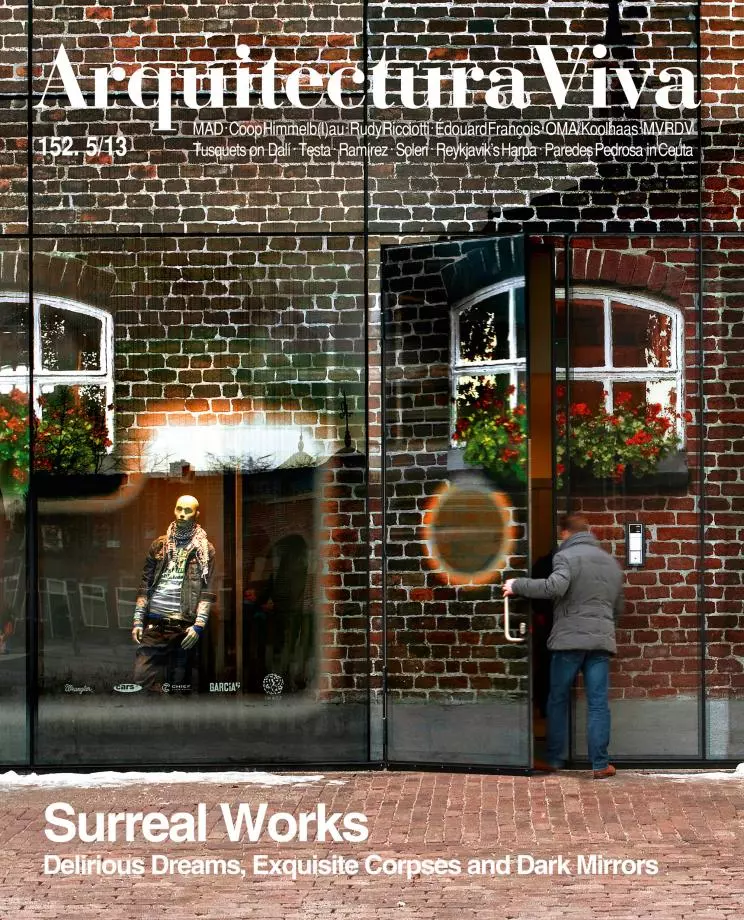
“Dear Corbu, everything we have fought for is paralleled in ancient Japanese culture.” With this, written on a postcard of Ryoanji (the legendary karesansui zen garden of fifteen rocks, built in the 15th century as a metaphor of time) sent in 1954, Gropius expressed the attraction that Japan held for many western architects. And if we stick to Ramón Rodríguez Llera’s enlightening book, few will escape its powerful lure: from Wright to Le Corbusier, from Taut to Mies, from Loos to Neutra, all looked to Japanese culture at some point, directly or through others’ eyes.
The book builds a lucid discourse out of the dialogue engaged in by Japan and the West through the 20th century, with chapters as fundamental as Tange’s brutalism, always tinged with a melancholic allusion to tradition, or a conceptual lyricism with surrealist echoes of the sculptor Isamu Noguchi; two references for explaining the fusion of structural and constructional sincerity with the fuzei, the blow of emotion that has swept western artists and architects. The book, illustrated with photographs taken by the author while traveling through Japan, is a rigorous and indispensable attempt to understand the raison d’être of Japanese architecture from the time the country opened its doors to the world after the arrival of American warships in 1853 to the contemporary synthesis in prototypes of the tea house, quintessence of the spatial inquiry that seems to apply the thinking of the designer of gardens Muso Soseki.







